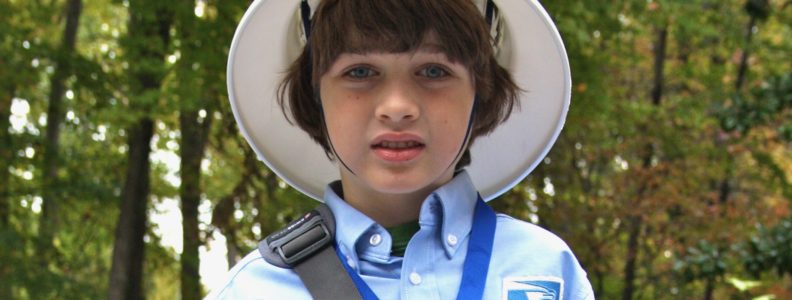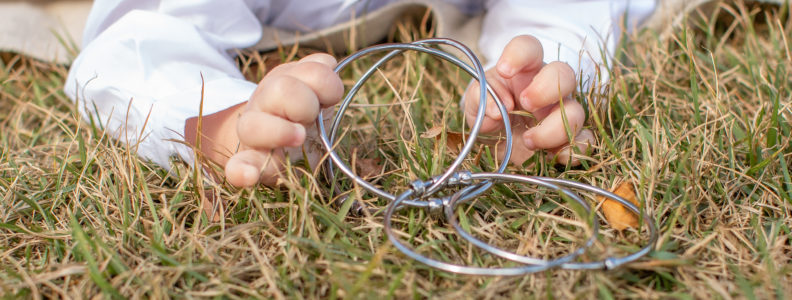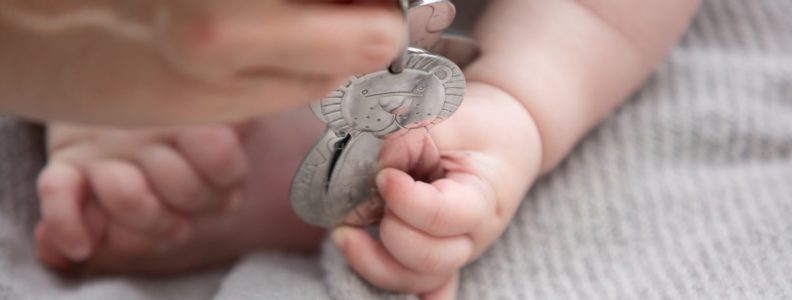Date of Testimony: February 16, 2011—
Thank you for allowing me to present to you today. I am a mother of two young boys and a recent entrepreneur. I have been working on a toy product for two years and just recently launched my toy for sales on December 1st 2010. The toy is a set of keys for babies six months and up that are made entirely of food grade stainless steel (stainless 304).
I want to give a little background on my motivation to create this toy prior to talking through the logistics of testing. Over the past six years, really since the birth of my first son, I have become more and more aware of the various toxins in our environment that I truly believe are leading to increased rates of illness in our population – whether that be developmental delays, autism or cancer. My evolution started with food, and then moved to cleaning supplies, skin/hair care products and eventually toys and consumer goods. I am not a scientist, so I am not here to present the facts behind how the various chemicals impact us, however, I am sure many of you have heard of the numerous studies – most recently about BPA and lead. I have become an incredibly skeptical consumer as a result, even if I don’t always have a study that proves my suspicions. What I know is that I have a friend who told me that in one week recently she learned of 6 people between the ages of newborn to mid 30’s who were diagnosed with cancer. I hear stories like this all too often and I think that we should all be alarmed enough to insist on changes.
The reality is that most kids put toys in their mouths. I was not as sensitive to this with my first son, who absolutely loved Thomas the train, but fortunately did not put them in his mouth. When many of the Thomas products were recalled because of lead in the paint, I sent all of the affected ones back to the company. But, I did not worry too much from a personal standpoint because my eldest did not put toys in his mouth. However, my second son has been a totally different story because he puts everything in his mouth. Therefore, as a consumer I find myself seeking toys that are from European companies because of the more stringent restrictions on toxic chemicals in their products (for instance, >90 PPM of lead in a solubility test). So, while I am particular about what I purchase for my kids, they also have generous grandparents who don’t specifically seek out European restrictions. In fact, they more often purchase items from discount stores that come from China and that make me cringe when I see my youngest chomping on them.
Thus, when the idea struck me that the market needed a better toy key alternative, I was committed to designing something that was absolutely safe for all kids, because in the end, it’s not just a personal thing – it’s not just my child that matters. It’s also not just about making money. It’s about providing a product that hopefully is a winning business model, but that ultimately is safe for the individual kids enjoying it. It’s a product that does not lead a parent to cringe when their child inevitably puts it in his mouth.
So, how did I get from that idea for a toy and commitment to safety to actually launching my product? I was lucky in that I knew I could make the product out of a safe material – something that we eat off of and cook with every day – food grade stainless steel. Honestly, the material itself was the motivating factor behind my idea. When it came to the logistics of getting the toy to market, beyond the obvious cost of manufacturing, the other costs I had to consider were testing the product for compliance and liability insurance. I never considered not testing, for that would have been a risk to my company for lawsuits and recalls. And back to individual children – it also would have meant risking their safety. I also never considered not doing the lead testing because I wanted to be able to assure parents that I was offering a completely safe product. From a consumer perspective, I know I want the assurances (again, back to my desire for European standards). When it came down to the expense of it all, the liability insurance was what nearly led me to give up on my dream of producing the keys. It was not the testing. Liability insurance for someone like me was over $8000. Testing, including additional testing for cadmium, lead and nickel, was still less than $1000, and of note, I was not required to test for any of these contaminants because I used stainless steel 304, but I wanted to go above and beyond the requirements.
Realistically, had the test results come back and were shown to have lead in the toy, I would have been rather devastated. However, I made it clear in my purchase order with the manufacturer that I wanted material certifications for the stainless steel, and specifically that it could not contain lead. This was not difficult to request, and it seems to me that all manufacturers could require material certification prior to purchasing the material used for the components of their toys.
If Europe is holding companies accountable to safeguard their citizens by having more stringent restrictions, what makes it so difficult to do here? Back to my story about Thomas the Train since that is the one that affected my family (and this is not to single them out, because I know it has happened to many companies, god forbid it happens to mine)…But, would that company not have saved money by finding out before manufacturing their product what was in the paint? Could we not take steps to ensure that components are safe before they are made into the final product? Ultimately, I have to believe that the cost of a recall – both from the practical expense of performing the recall, but also because of the detriment to the brand – has to cost more than ensuring components are safe from the beginning. And frankly, if it is a question of a company using a manufacturer who has misled them, a contract stipulating exactly what is expected as far as material should be part of the negotiations from the beginning. If the product does not meet the specified safety expectations, that contract should denote that the manufacturer needs to take the financial risk so that they are held accountable.
Why is it that we cannot offer the citizens of the US the same kind of safety protections as are afforded European citizens? I truly believe that a responsible company is one who is honest about the end result of their product on the individual – whether that be a direct impact through chemicals in the product or an indirect impact through deleterious effects on our environment (for example, water and air quality). In the end, what costs us more as a country is treating illnesses caused by the harmful effects of known toxins like lead, especially in the most vulnerable little bodies that are even more susceptible because of their small size. In the end, don’t we all want our loved ones to be safe… and isn’t everyone someone’s loved one?






